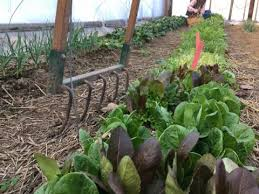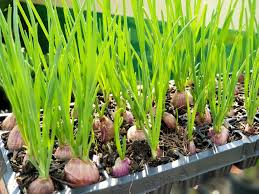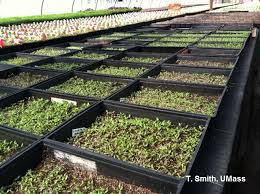While it might still feel like winter, there are plenty of ways to get a head start on your gardening. By taking advantage of the milder late-winter days, you can sow or plant vegetables early and satisfy that gardener’s urge to grow. Here are five strategies to give your garden an early boost:
1. Sow Directly Under Protection
Certain crops can be directly sown in their final growing location if they have some protection from the elements. Late winter, when the ground is no longer frozen and the days are getting longer, is a great time for this. Using tools like cold frames or mini hoop tunnels allows you to start hardier vegetables like radishes, winter lettuce, and arugula.
To prepare, warm and dry the soil for a week before sowing. This prevents seeds from rotting in overly damp conditions. The protection helps keep the seeds safe from frost while allowing them to germinate in the improving weather.

2. Create Mini Greenhouses
Repurpose old plastic bottles, like milk cartons, to make small greenhouses for your seeds. Here’s how:
- Cut the bottle open, leaving a plastic “hinge” at the back.
- Poke drainage holes in the bottom.
- Fill with potting soil and sow your seeds.
- Seal the bottle and add a label with the variety and sowing date.
These mini greenhouses can sit outside when temperatures rise slightly. Keep them sealed until spring, allowing the seedlings to grow. Once the plants begin pushing against the lid, it’s time to open them up. Ideal crops for this method include hardy greens like mâche, lamb’s lettuce, and endive, or you can even try growing garlic shoots.
3. Start Seeds in a Greenhouse or Tunnel
A greenhouse or tunnel offers a perfect environment for early sowings. Hardy vegetables such as onions, shallots, spinach, and chard can be started in trays, pots, or cells. These crops will grow slowly but steadily, providing you with sturdy seedlings to transplant later in the season.
Greenhouses also provide space for crops like radishes, carrots, and cold-tolerant salad greens. For seeds like onions, which need a little warmth to germinate, a heated propagator can help. For most crops, expect germination within two weeks.

4. Start Indoors for Extra Warmth
Some crops, especially those that thrive in warmer temperatures, will need the warmth of an indoor environment to germinate. Spring vegetables such as cabbage, cauliflower, and celery, along with heat-loving plants like peppers and eggplants, can be started indoors on windowsills or under grow lights.
If you have space, consider growing herbs or salad greens indoors year-round. You can use grow lights to give seedlings the strong, even light they need for healthy growth. For more details on how to use grow lights, check out additional resources on indoor gardening.
5. Start Onions and Shallots Early
Onions and shallots are perfect for early planting. Use small pots, filling each with potting soil and placing a single onion or shallot set in each pot. Place them on a sunny windowsill or inside a greenhouse or cold frame. In milder climates, these can even be placed outside right away. Consider protecting the plants from cold winds with plastic sleeves made from recycled bottles. These early-started onions and shallots will be ready to transplant when the weather warms up.

When to Start Sowing?
The timing of your sowing depends on your local climate. Sowing too early indoors may lead to plants that outgrow their pots before it’s warm enough to transplant them. To help with timing, consider using a garden planner tool that tracks local frost dates and calculates optimal sowing and planting dates. This will guide you in making the most of your early gardening efforts.
By using these early sowing strategies, you can maximize your growing season and enjoy a head start on your gardening projects. Have you tried any of these methods, or do you have other tips for getting an early start? Share your experiences in the comments below!
